When setting up EV charging stations, one of the first things you’ll need to think about is how to manage them effectively. There’s no single approach that fits all, as the best method depends on your goals, budget, and customer preferences.
Let’s explore the main ways businesses configure their EV charging stations and what each option entails.
Tip: Think outside the box! Your ideal solution might be something completely new.
1) Billing by kWh
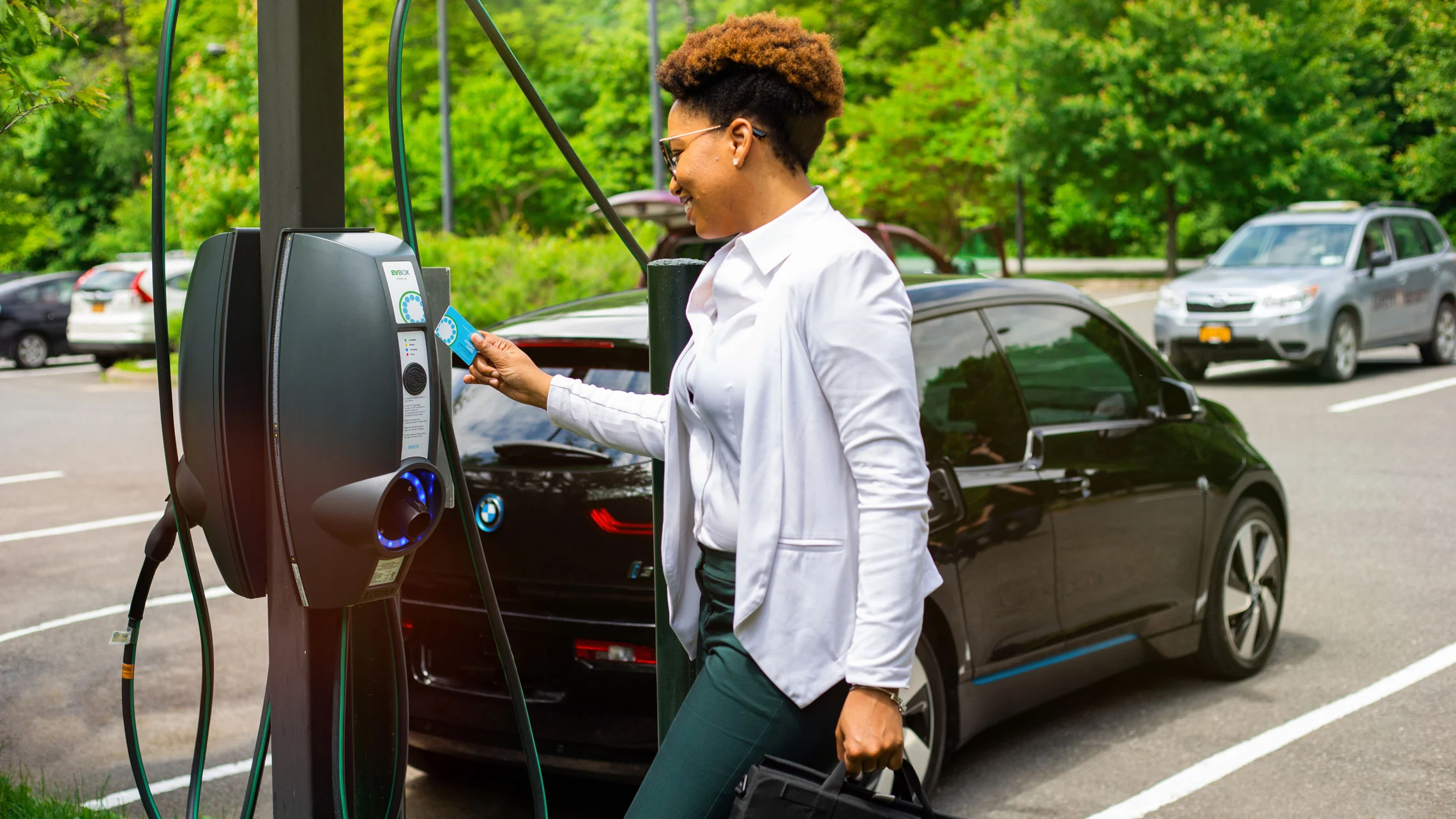
Billing based on kilowatt-hours (kWh) used is a straightforward way to recover costs. It gives EV drivers a clear understanding of what they’re paying for and helps you offset the expenses of running the charging stations.
Example:
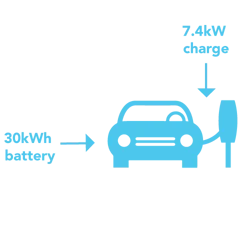
 Set price—$0.30/kWhÂ
 30kWh x $0.30/kWh = $9.00Â
Works with:
- Networked stations (e.g., Greenlots, EV Connect, Everon)
| Â Pros: |
Cons: |
| - Simple for users and hosts - Directly recovers energy costs |
- Doesn’t stop cars from staying too long - Not suitable in areas where you can’t sell electricity  |
 Â
2) Billing by Time
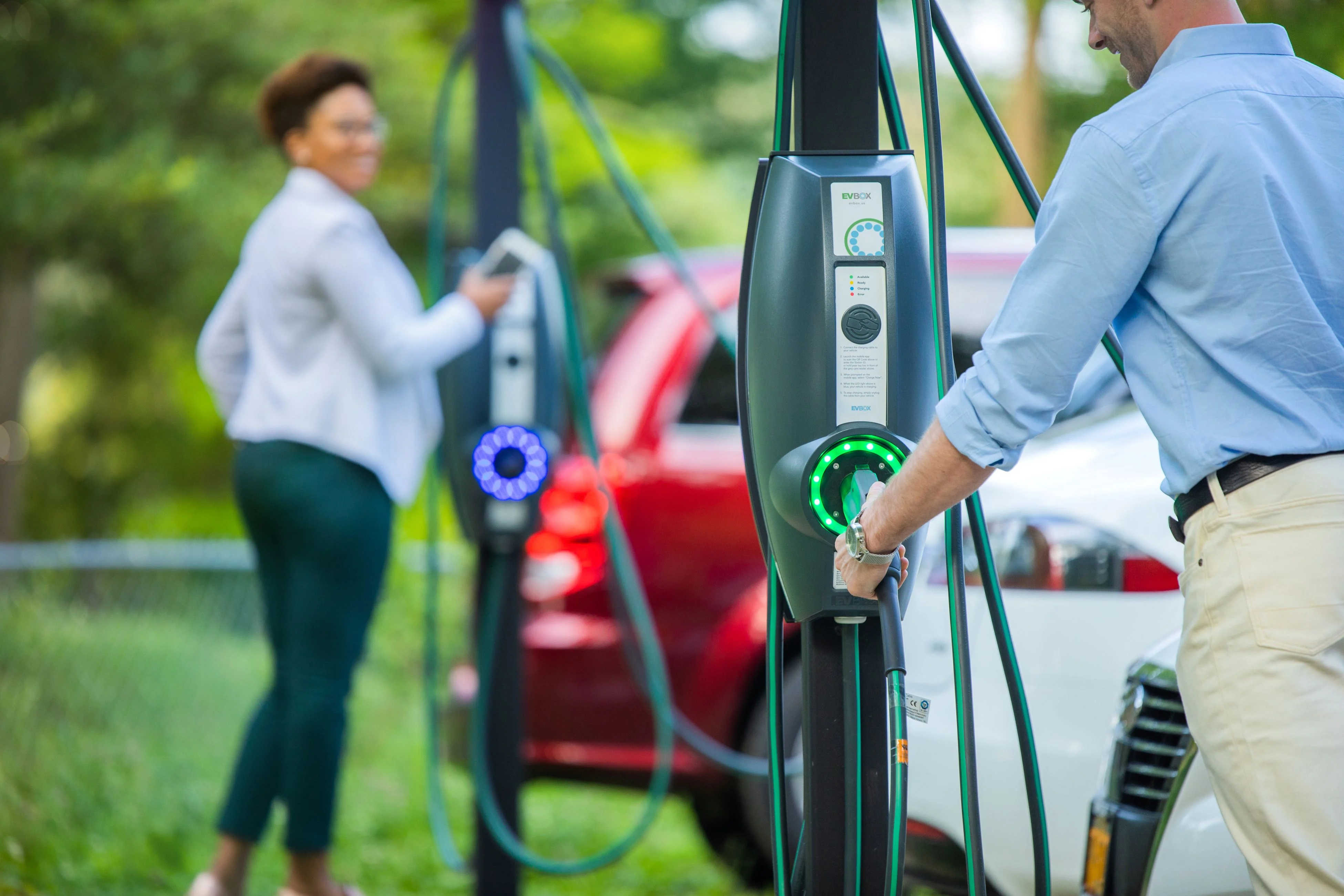
Charging by time encourages users to free up spots once their car is fully charged. This method can help maximize station usage and ensure fair access for all drivers.
Example:

 Set price— $2.25/hourÂ
 30kWh charge (at 7.4kW output) = ~4 hoursÂ
 4 hours x $2.25/hour = $9.00Â
Works with:
- Networked stations (e.g., Greenlots, EV Connect, Everon)
Â
| Pros: |
Cons: |
| - Legal everywhere - Deters “camping†when full |
- favors faster-charging vehicles |
3) Combination Billing (kWh + Time)
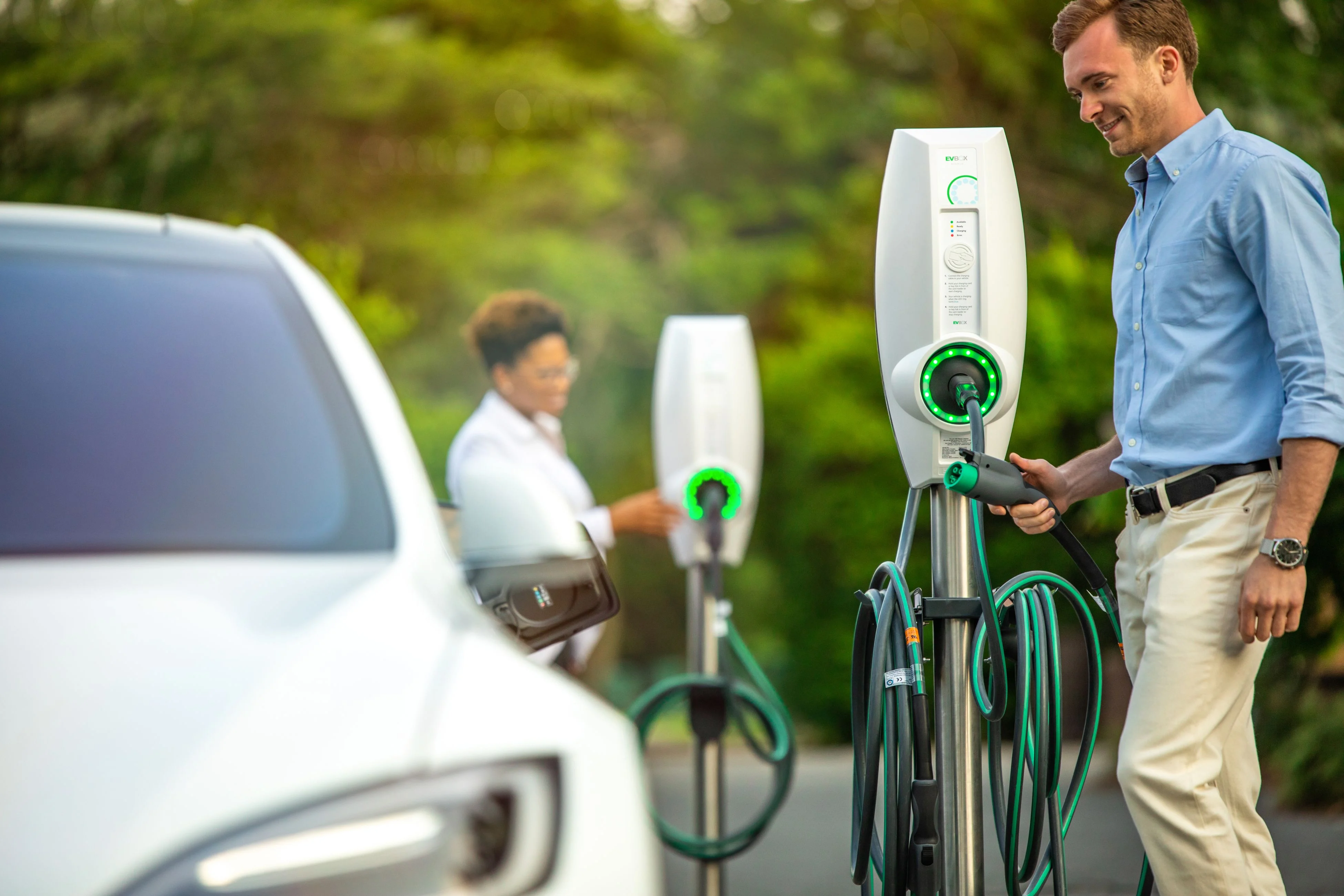
This hybrid model charges users for both the energy consumed and the time spent at the station. It offers a balanced approach, promoting fairness while discouraging long-term occupancy.
Example:

 Set price— $0.15/kWh & $1.15/hourÂ
 (30kWh x $0.15/kWh) + (4 hours x $1.15/hour) = $9.10Â
Works with:
- Networked stations (e.g., Greenlots, EV Connect, Everon)
Â
| Pros: |
Cons: |
| - Fair billing for drivers - Discourages “camping†after charging |
- Complex pricing setup - Not allowed in some regions - Favors fast-charging vehicles  |
Â
4) Flat Rate
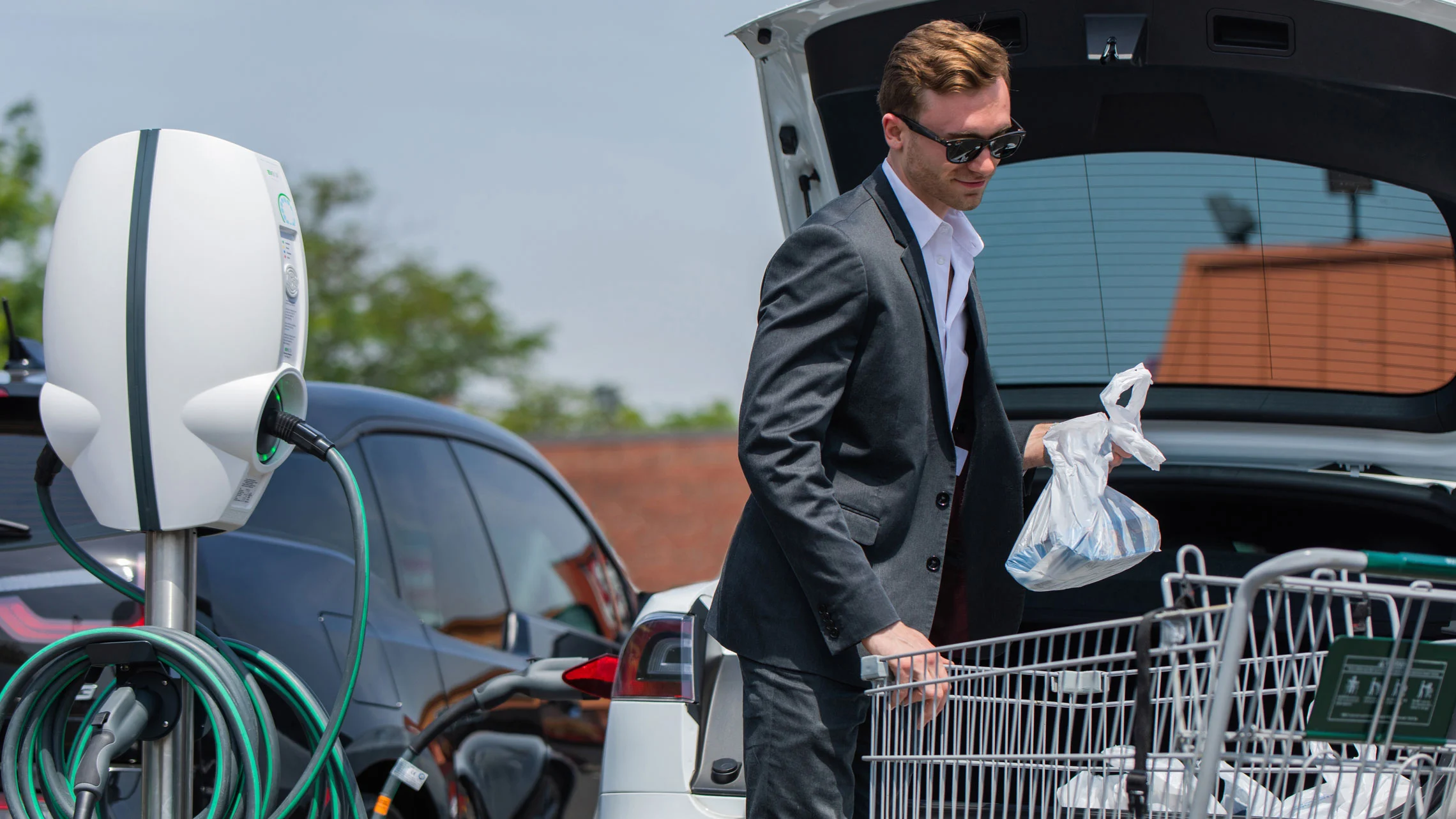 Â
Â
A flat rate is simple and easy to understand. It works well with network-ready systems and allows for flexible payment methods like entry fees or access cards.
Example:

Set price—$9.00 per charge
No math! It’s always $9.00
Works with:
- Networked stations (e.g., Greenlots, EV Connect, Everon)
- RFID-only (network-ready with access cards)
- Plug ‘n Charge (network-ready with no access cards)
Â
| Pros: |
Cons: |
| - Easy revenue collection - Transparent pricing - No bias toward fast chargers |
- Doesn’t discourage “camping†- May not reflect actual energy use - Fewer smart features available  |
5) Free Charging
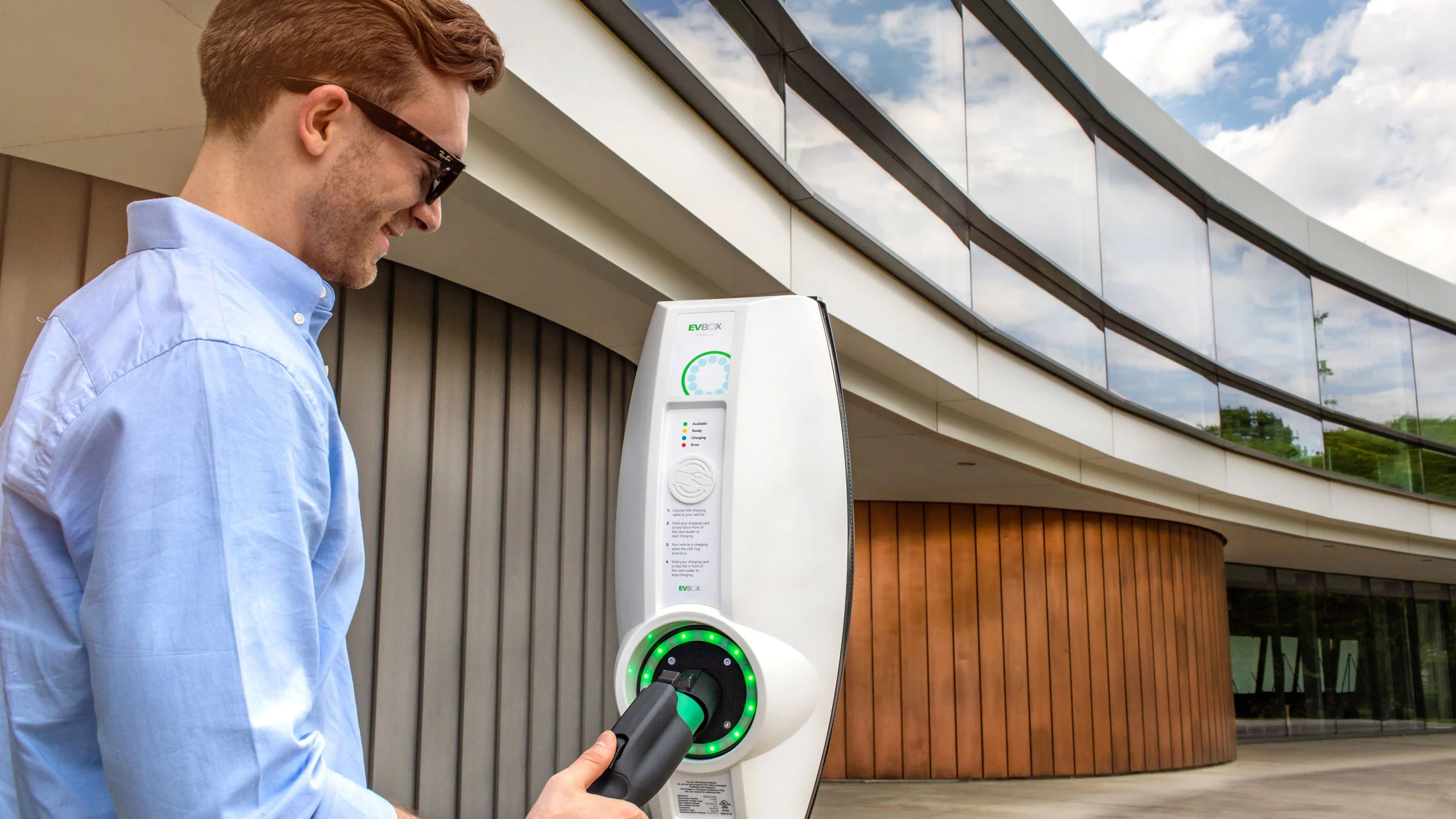
Offering free EV charging is a great way to attract customers without asking for anything in return. It's especially effective for drawing in EV drivers who appreciate convenience and value.
Example:

 Set price—FREE!Â
 No math—it’s free!!Â
Works with:
- Networked stations (e.g., Greenlots, EV Connect, Everon)
- RFID-only (network-ready with access cards)
- Plug ‘n Charge (network-ready with no access cards)Â
| Pros: |
Cons: |
| - Drivers will love you - Lower management costs |
- No revenue generated - Limited smart charging features   |
Â
| Discover everything you need to know about EV charging Download our free ebook to learn why EV charging will set your business apart, help you earn additional revenue, and prepare your location for the transition to electric transportation.  hbspt.cta._relativeUrls=true;hbspt.cta.load(3950862, 'a4dca3e6-a0d5-459e-b696-8dffdc590b7d', {"useNewLoader":"true","region":"na1"}); hbspt.cta._relativeUrls=true;hbspt.cta.load(3950862, 'a4dca3e6-a0d5-459e-b696-8dffdc590b7d', {"useNewLoader":"true","region":"na1"});
|
Â




 Â
 
